Due to the impact of storm No. 3, the province has experienced moderate to heavy rain, affecting agricultural production, including aquaculture areas. To protect aquatic products, sectors and localities have directed farmers to implement many measures.
Households in Nam Cuong commune (Tien Hai) use chemicals to treat aquaculture water after storm No. 3.
Actively drain water from aquaculture areas
Present in the aquaculture area of Nam Cuong commune (Tien Hai), local households are focusing on draining water for the aquaculture area.
Mr. Tran Van Thieu, Duc Cuong village said: When storm No. 3 made landfall, there was very heavy rain, affecting my family's aquaculture area. To protect the 2.5 hectares of clam breeding, I proactively used a pump to pump water to the aquaculture area, and at the same time cleared the flow. Prolonged rain makes the environment susceptible to fluctuations such as salinity, pH, alkalinity, which can easily cause disease outbreaks in the farming objects. In addition to pumping water, I also use chemicals to detoxify, disinfect and treat the water environment after the rain.
Along with Tien Hai, Thai Thuy is a coastal locality heavily affected by storm No. 3 in terms of seafood farming areas.
Mr. Le Van Hoan, Deputy Head of the District Department of Agriculture and Rural Development, said: The whole district has more than 4,216 hectares of aquaculture, of which 1,357 hectares are saltwater (clam) farming, 1,298 hectares are brackish water farming and 1,560 hectares are freshwater farming. After storm No. 3, the Department of Agriculture and Rural Development advised the District People's Committee to actively direct localities to propagate to people to proactively focus on caring for and protecting aquaculture areas. In particular, clearing the flow of the intra-field canal system, main rivers, and leading rivers. Directing localities to close irrigation sluices and open drainage sluices to drain water in aquaculture areas. Assigning specialized staff to coordinate with communes and towns to check ponds and farming areas at risk of flooding to propagate to people to implement technical measures to ensure safety for aquaculture areas. Strengthening guidance for people on measures to reinforce and protect banks, sluices, and aeration fans; Regularly check and apply disease prevention measures for aquaculture when the weather changes. Continue to assign agricultural staff to closely monitor production and weather developments to coordinate with localities to direct farmers to promptly overcome the impact of rain on aquaculture areas.
Households in Thai Thuong commune (Thai Thuy) use air fans to create a stable environment for aquaculture.
Determined to protect safe aquaculture areas
To protect aquaculture areas, specialized sectors and localities have many drainage solutions.
Mr. Do Tien Cong, Head of the Department of Agriculture and Rural Development of Quynh Phu district, said: Quynh Phu has more than 1,150 hectares and 195 fish cages in the communes of Quynh Ngoc, Quynh Hoang, and Quynh Hoa. After the storm, the local aquaculture area and fish cages were not damaged. However, to ensure stable aquaculture development, the district's professional sector has increased its visits to the grassroots to advise farmers to focus on measures to treat the environment of aquaculture ponds, aquaculture areas, and river cages. Focus on taking care of aquatic products according to the instructions of the professional sector, determined not to let disease outbreaks occur in the farming objects.
Mr. Hoang Minh Giang, Head of the Department of Fisheries, said: The total aquaculture area of the province is more than 15,000 hectares, including 1,128 lagoons, 681 freshwater fish cages, 1,129 oyster rafts... After the storm, the pond environment changes suddenly, causing aquatic products to be shocked, making it easy for diseases to arise. Therefore, aquaculture farmers need to regularly monitor the water environment and check the activities of shrimp and fish.
According to the recommendations of the industry, for aquaculture ponds and lagoons, farmers need to drain some of the water on the surface to reduce the amount of rainwater in the pond. At the same time, run water fans and aerators to limit water stratification for intensive and semi-intensive ponds. When heavy rains last for a long time, the pond water becomes cloudy, the pH suddenly drops, it is necessary to spread lime around the pond banks and combine it with lime for the pond and lagoon to stabilize the pH of the water and reduce the turbidity of the pond water. For aquaculture cages and rafts, it is necessary to check the environmental factors where the cages and rafts are located, ensuring that the water environmental factors are within the allowable range. Move the cages and rafts to farming areas with suitable water quality. At the same time, regularly check and monitor the health of aquatic animals to have timely treatment measures. It is necessary to increase the resistance of aquatic animals such as adding vitamin C mixed into daily food. For coastal tidal clam farming areas, when the tide is low, check and repair the fences and barriers after storms. If there are dead aquatic animals, they must be handled according to the instructions of specialized agencies to detoxify, disinfect and treat the water environment.
Tien Hai district has strengthened its direction to localities to open sluice gates to drain water for aquaculture areas.
Manh Thang
Source: https://baothaibinh.com.vn/tin-tuc/4/207576/tap-trung-cham-soc-thuy-san-sau-bao


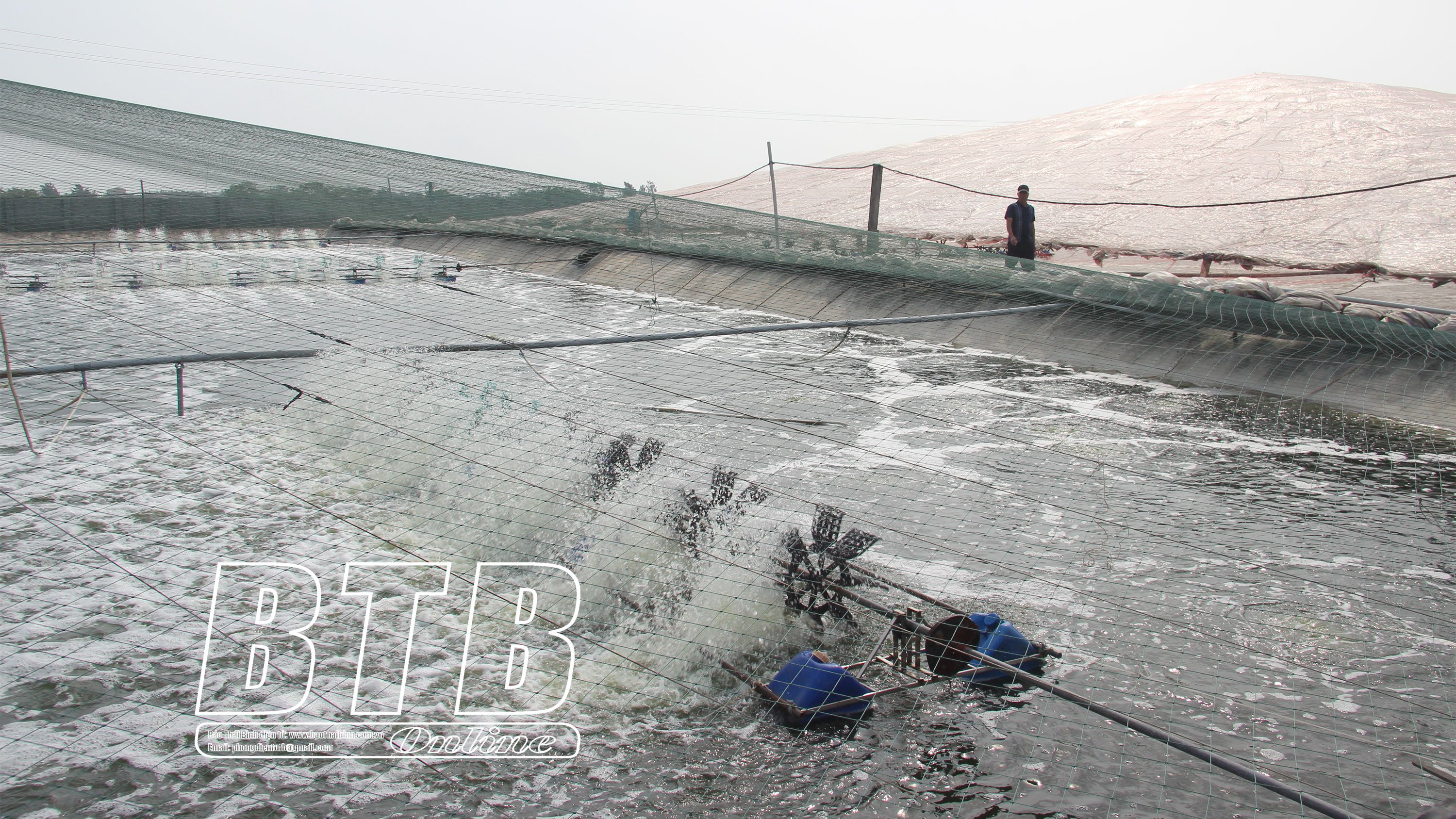
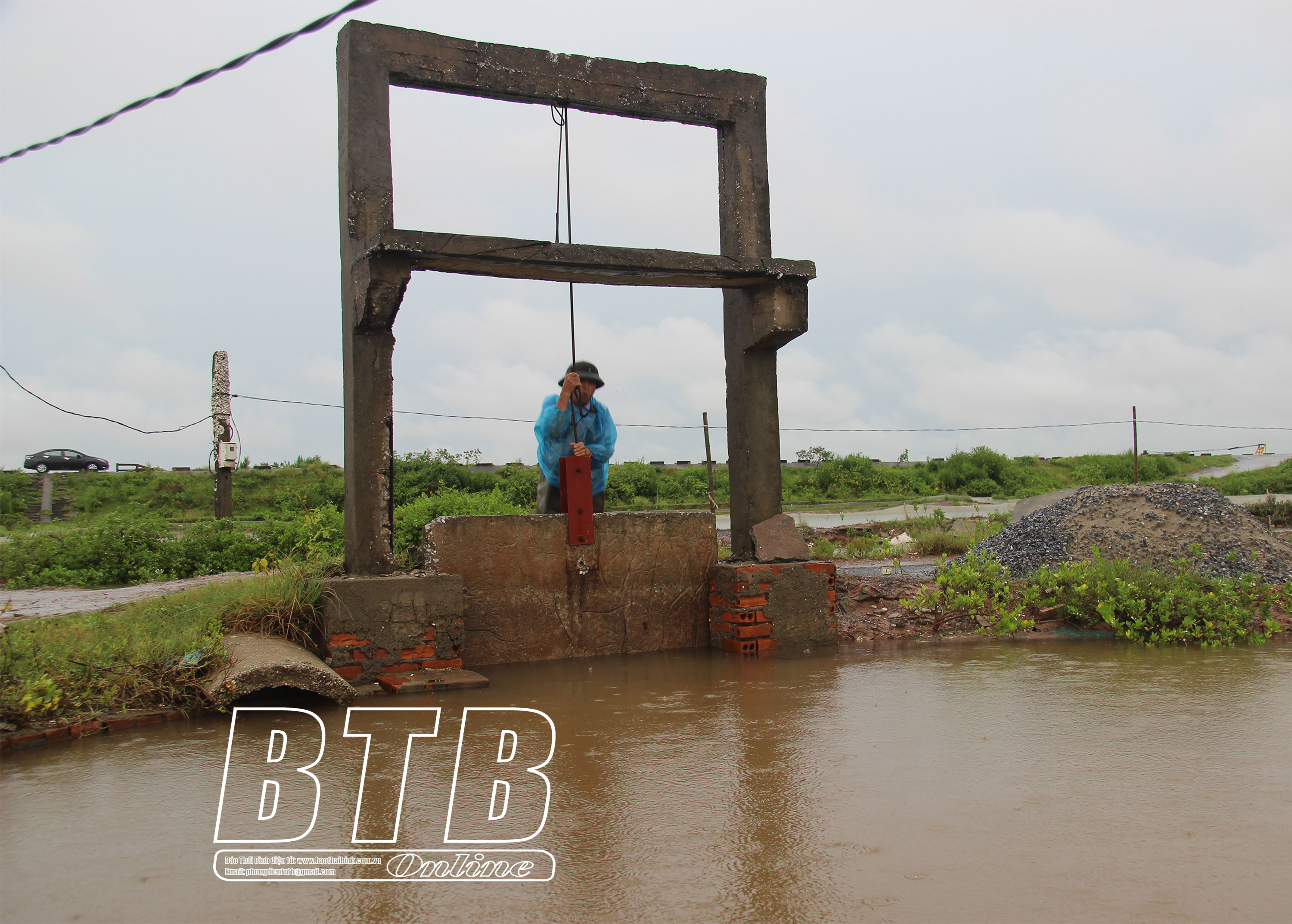


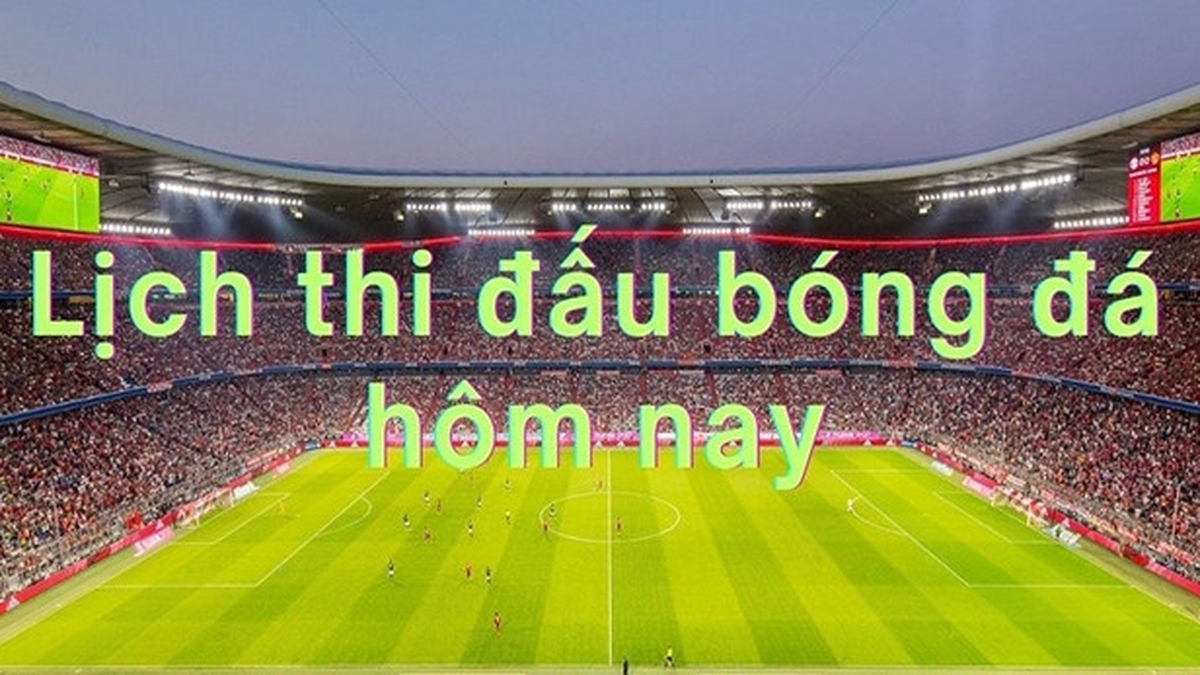

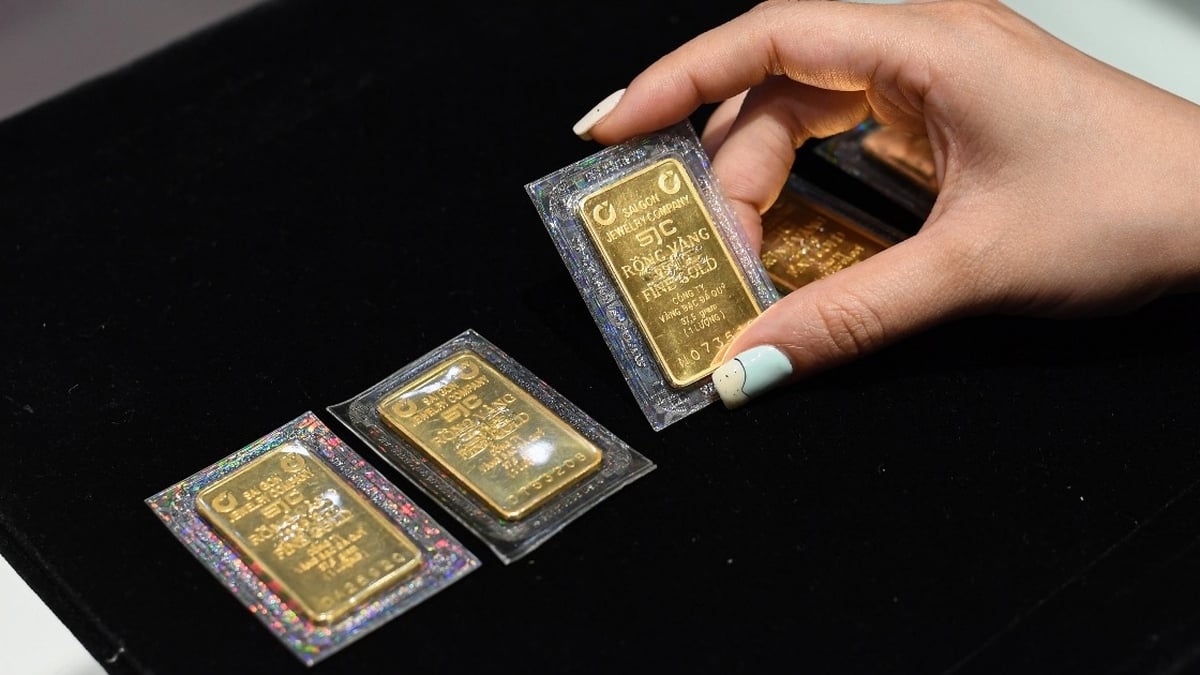

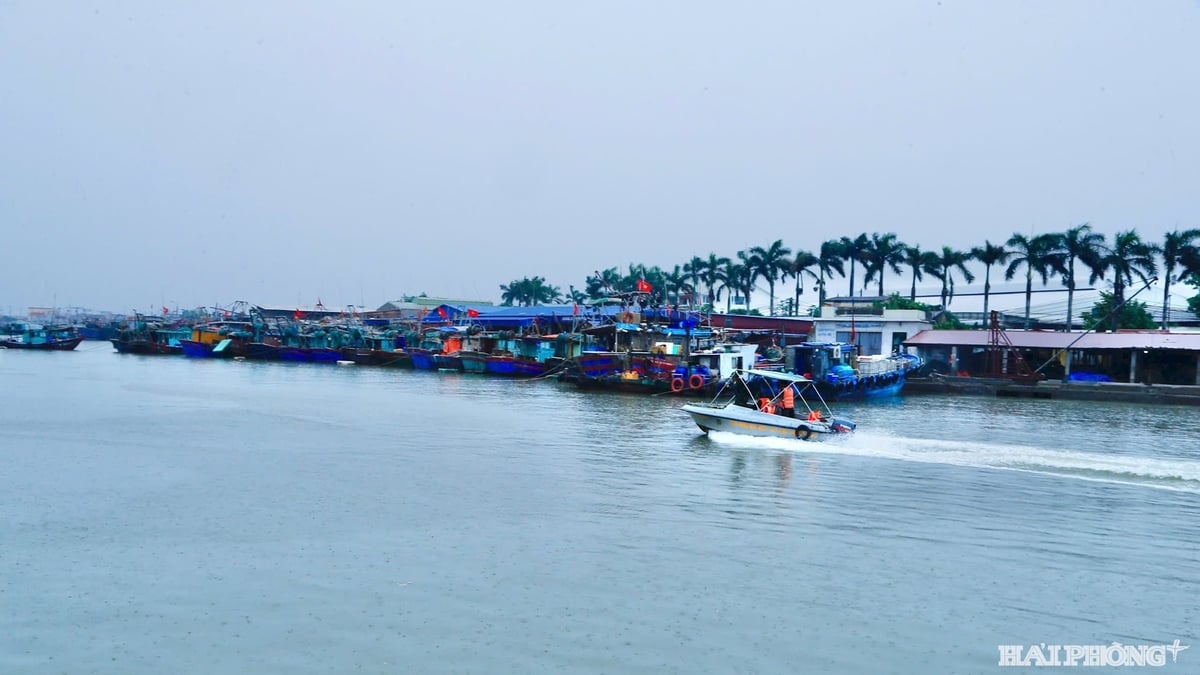
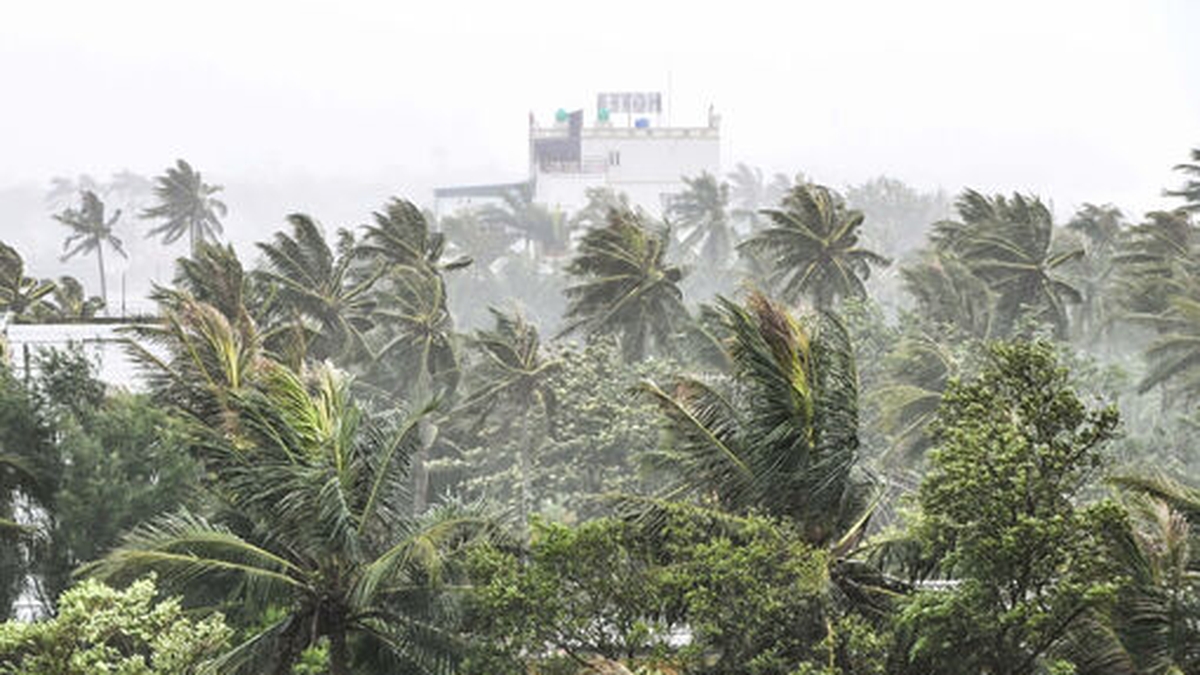
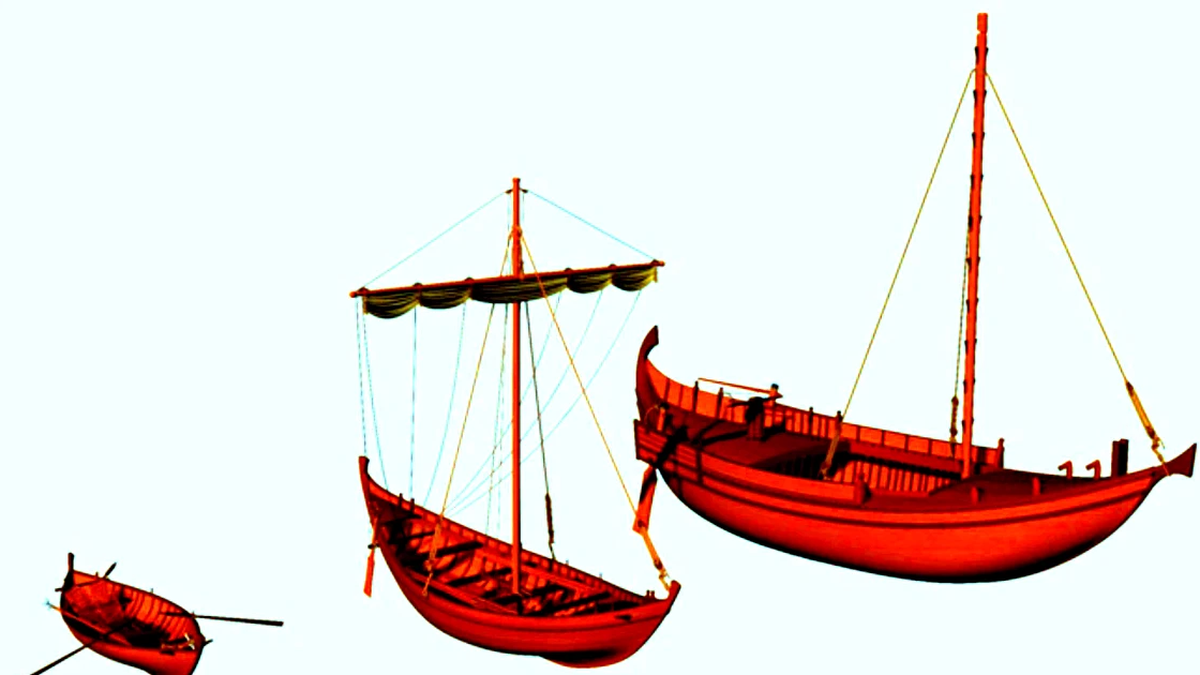





















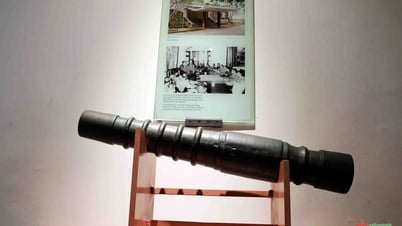

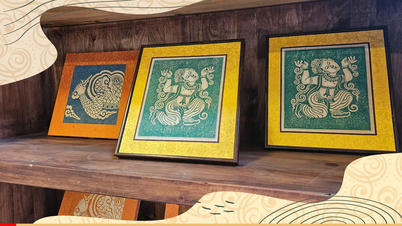

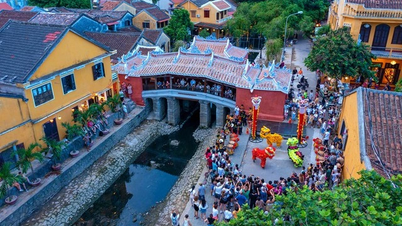

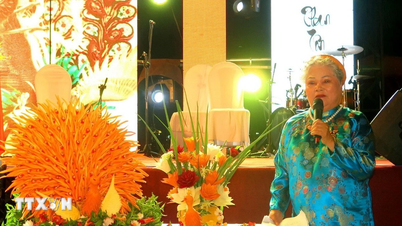

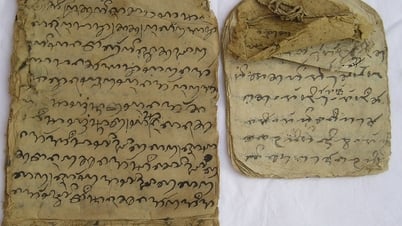

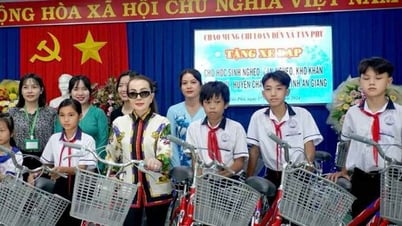






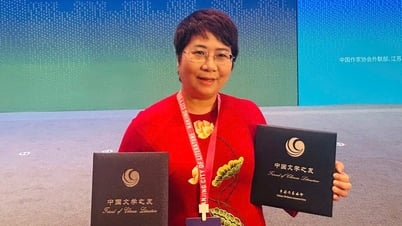











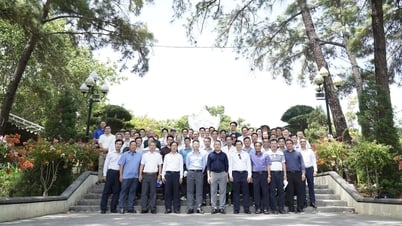


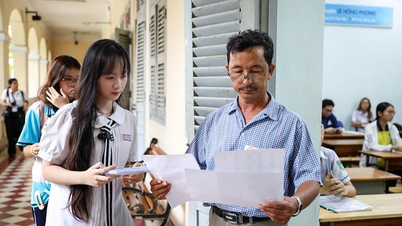
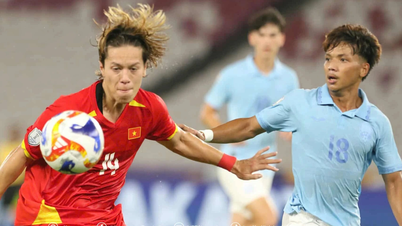

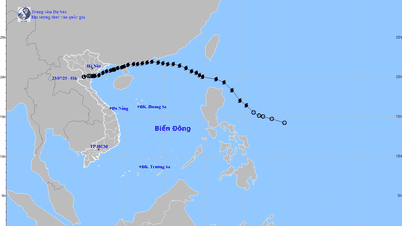




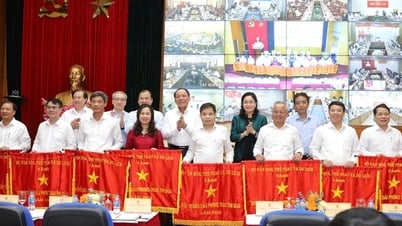


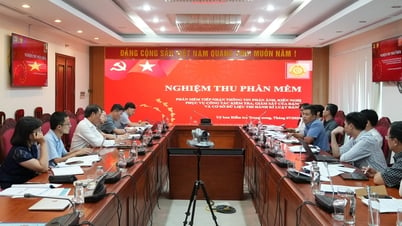


























Comment (0)